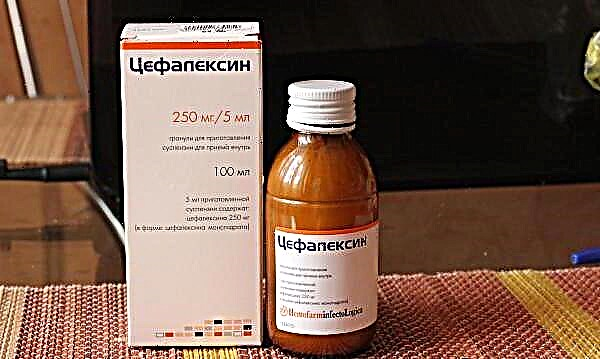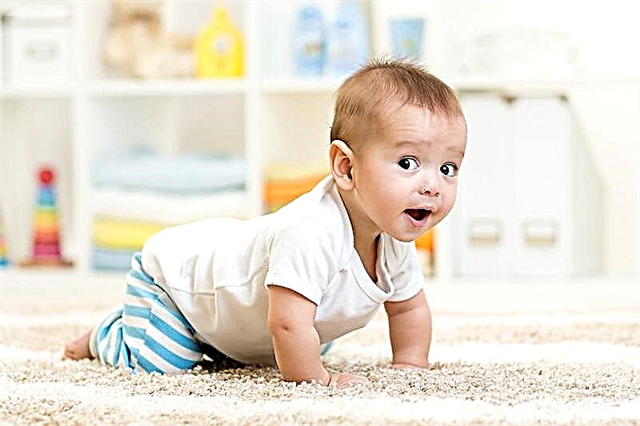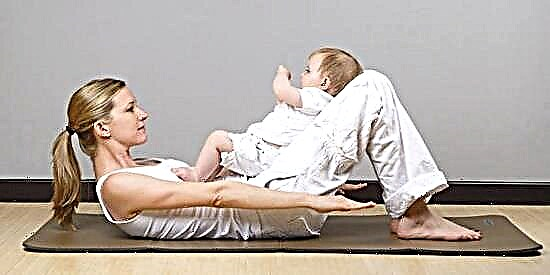
Flat feet is far from a harmless ailment. Violation of the anatomy of the foot can lead to serious problems with the spine, nervous system, and musculoskeletal system. The child's foot grows and forms up to 7-8 years old. Only in adolescence is it possible to say with confidence if a child has flat feet.
From birth, a flat foot is observed in every infant. Prevention of flat feet is especially important in preschool age, when there is intensive growth. If total mistakes are not made at this time, the likelihood of developing flat feet will be minimal.

About preventive measures
The height of the arch of the human foot is a genetically inherited feature. What it will be depends not only on how the parents warned flat feet, but also on which foot the baby inherited from mom and dad. However, this does not mean that prevention is unnecessary.
Light forms and degrees of flat feet are perfectly corrected with the help of various exercises, correctly selected shoes, massage.

Prevention of flat feet should be practiced from the very birth of the baby. For starters, it is important to prevent rickets, which contributes to foot disease. For this, the recommendations of the pediatrician should be followed, the child should be given vitamin D, and the infant should be sufficiently exposed to fresh air and sunlight.
The orthopedic surgeon needs to show the baby in six months and a year. It is clear that he will not be able to say whether the baby has a tendency to flat feet, but he will be able to assess the development of the baby and give recommendations on preventing the development of problems with the feet.
Prevention is entirely on the shoulders of the parents. There are no special vaccinations against this disease, no "magic" pills, the reception of which would help prevent the violation. There is only a normal lifestyle, active movement, the right attitude and understanding of moms and dads of the essence of flat feet and the mechanisms of its development.


The most crucial period is preschool age from 3 to 6-7 years. If during this period, associated with the intensive growth of bones, muscles, tendons, joints, create the right conditions for the child, then development will be normal and flat feet with a high degree of probability will not occur or it will be easy to correct.
The main directions in which parents have to move are as follows:
- choice of shoes;
- active physical activities and special gymnastics;
- proper nutrition;
- foot massage.


Shoes or barefoot?
The likelihood of developing flat feet in a child whose parents insist that the child wear slippers or other shoes at home is higher than that of a child who runs barefoot around the house from the first steps. This is due to the natural feature of this part of the body.
None of the children are born in shoes, so slippers, sandals and shoes are a requirement of social norms and civilization, and not of nature. The child's feet need shoes only for protection - from water, dirt, frost, uneven surfaces.
Thus, walking barefoot around the house, and preferably also on grass, earth, sand at an early age, is the first and very important preventive measure.


Since a baby cannot go to the kindergarten or for a walk without shoes, parents should carefully study the issue of the rules for choosing children's shoes.
The memo looks like this:
- After 1 year buy high shoes for your child that will fix the foot while learning to walk. The backdrop can be soft, it does not play a big role. The outsole doesn't have to be rigid, but it does have to cushion well. The main function of the first shoe is to gently support the ankle at the first timid steps.
- After 2-3 years, When a child is walking with confidence, the height of the shoe is not a prerequisite for choosing the right pair. Shoes or sandals can be anything, as long as the child is comfortable in them.


- In preschool children the foot grows quickly and the desire of parents to buy a pair for growth is partly understandable. You don't need to do this. Shoes that are large slows down the child's gait, forces him to make efforts when rolling the foot in stride, the gait can become shuffling.
- Shoes don't have to be small.
- Orthopedic shoes are needed for treatment diseases of the musculoskeletal system, and not for prevention. If the child does not have an established diagnosis and doctor's recommendations to wear orthopedic pairs, heavy and expensive medical shoes are not required.

- It is desirable that the children's pair was equipped with a small heel, this will allow the muscles of the foot to develop faster. The soft insole-instep support fixes the foot from the inside, this is also important for the development of healthy legs.
- In the shoes in which the baby walks during the day in the kindergarten group, you can insert special Bykov insoles. They should be worn for about 6 hours a day. The time that the kid spends in the kindergarten roughly corresponds to this requirement.

Preventive classes and gymnastics
After 1 year, you can introduce a set of exercises to the child on a special massage mat-applicator.
You can buy a one-piece massage mat, or you can choose a puzzle mat that will be both a fun game for the child and effective prevention of foot pathology. The rugs are equipped with a special texture - irregularities such as "Shells", "Pebbles", "Spikes" and so on. Walking and exercising on squares with different textured surfaces stimulates different active points of the feet.
Prevention mats are softer than flat feet treatment mats. They are made of elastic materials, walking on them does not give pronounced unpleasant sensations.
It is important that the child exercises on the rug every day, at least for 20-30 minutes. This will avoid pathological abnormalities in the growth of the ankle and arch of the feet.


If there is no rug, and there are no funds to purchase it either, the floor applicator can be made for the child with his own hands. Buttons, and shells, and large beans, and chestnut fruits are suitable for this. On a home-made or factory-made applicator, the child and his mother can practice:
- walking on heels;
- walking on toes;
- movement on the outer edges of the feet;
- rolls from the outer edge to the inner part of the foot;
- steps with toes bent inward.


Sitting on a chair, the child can make circular movements with his feet, curling his toes, and also pulling his socks in and out. While standing, toe raises, squats, in which the heels do not come off the floor, are useful.
These simple exercises can be incorporated into daily gymnastics for preschoolers. In most kindergartens, exercises for the prevention of flat feet are included in the list of exercises for morning exercises and physical education minutes.

Effective exercises for the prevention of flat feet are shown in the following video.
Nutrition
Proper nutrition is of great importance, because the excess weight of the child only contributes to the incorrect formation of the feet, because the load on the lower limbs increases significantly. This does not mean that the child needs to be put on a strict diet and underfed. It's just that the baby's diet should have a sufficient amount of protein. They are involved in tissue formation. Therefore, the child's diet must include dairy products, lean fish and meat.
Making a child eat jellied meat is not easy. All mothers know about it. But it is possible to teach a child to do this, especially since jellied meat is an excellent food for the prevention of problems with the musculoskeletal system, joints and cartilage tissue.

The child should eat cereals, fruits and fresh vegetables, butter and vegetable oil, herbs, eggs. Raw food should be consumed 2-3 times more than foods that have undergone heat treatment.
You should not introduce pure cow and goat milk into the diet of children under one year old. Moreover, there is no need to replace breast milk or formula with whole cow's milk. The ratio of calcium and phosphorus in the body changes when this product is taken, a deficiency of vitamin D is created, rickets may begin, which also affects the subsequent development of flat feet.
Parents should be more serious about the requirement to provide their child with essential vitamins and minerals. After all, an excess or lack of nutrients and minerals causes not only problems with the musculoskeletal system, but also more serious pathologies that can be deadly.

In case of calcium deficiency - you need to give the child calcium supplements with the permission of the doctor and in the dosage recommended by him.
With general avitaminosis - vitamin complexes, which are designed specifically for children of a certain age, taking into account the daily needs of their organisms in a particular substance.

Massage
Foot massage will help prevent flat feet, which can be mastered by any mother and which can be easily and simply done at home. For babies up to one year old, during a fortifying evening massage, a few minutes should be given to the feet, smoothing them with their thumbs in the direction from the heels to the toes.
Preventive foot massage for preschool children is carried out 1-2 times a week, you can do it in a playful way. The child is placed in the supine position. First, they stroke the thighs and lower legs, then proceed to circular movements of these parts of the limbs.

The greatest attention is paid to the calf muscles, since they are the ones that respond to raising the arch of the foot.

Then the effect is enhanced and kneading of the legs and feet is added. It is important that at the same time the child does not experience pain. The same techniques are repeated by turning the child over on his stomach and placing a small roller (rolled up towel or small pillow) under his knees.
When acting on the foot itself, special attention should be paid to the lateral ribs - the inner and outer surfaces, the bending area of the toes. The massage begins with 3-4 minutes and the duration of the procedure is gradually increased to 15 minutes. After the massage, it is useful to make a contrasting vascular strengthening bath for the legs - first, lower the feet into warm water, and then add cold water to it.

For information on how to massage a child for the prevention of flat feet, see the next video by Alena Grozovskaya.



